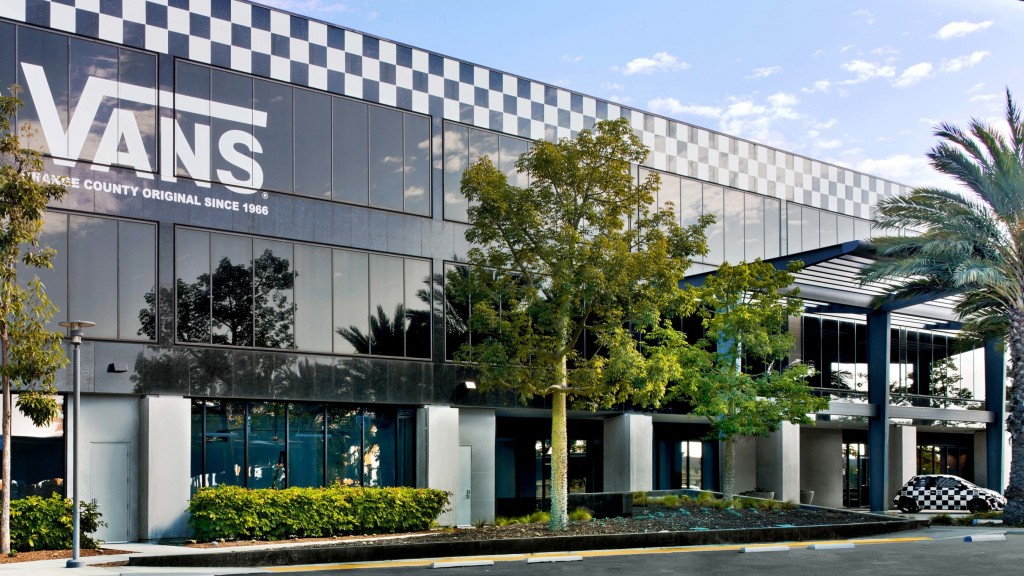Vans to make core materials 100 percent responsibly sourced, renewable or recycled by 2030

Vans will deploy systems that design out waste, aiding the United Nations in achieving the organization's Sustainable Development Goal 12 to ensure responsible consumption and production patterns.
To achieve its sustainability vision by 2030, Vans' commitments include:
By 2030, 100% of Vans' top materials will be regenerative, responsibly sourced, renewable or recycled, including rubber, cotton, leather, and polyester. Additionally, the company will commit to a 43 percent carbon reduction by:
- Reducing the average impact of top materials by 35 percent by 2025
- Utilizing 50 percent recycled polyester by 2025
- Sourcing 100 percent sustainably grown cotton by 2025
By 2030, Vans will pilot and scale regenerative, recycled and responsibly sourced materials covering 85 percent of the brand's materials. When combined with other programs like working with suppliers to implement renewable energy in the supply chain, the move to regenerative, recycled and responsibly sourced renewable materials will help Vans achieve its goal of a 30 percent absolute reduction of scope 3 carbon emissions from a 2017 baseline. This includes:
- Piloting and scaling regenerative agriculture practices on farms and ranches that produce rubber, cotton, and leather then using these materials in products
- Exploring bio-based alternatives with lower carbon footprints than traditional petroleum-based synthetic materials
- Converting virgin polyester used in our footwear, apparel and accessories to recycled sources
By 2025, Vans is committed to eliminating all single-use plastic packaging and reducing waste at every point of its business model. This includes:
- No plastic shopping bags in retail spaces by the end of 2021
- Remaining packaging will be minimized, originated from sustainable sources and designed for recyclability
Vans is working toward converting all owned and operated facilities to 100% renewable energy by 2025. In 2017, the company began this transition by installing a 1 MW solar array at its headquarters, achieving a LEED platinum certification - one of the highest standards for sustainable buildings in the world. This mission extends beyond the headquarters, with the goal of having all owned and operated facilities converted by 2025.


